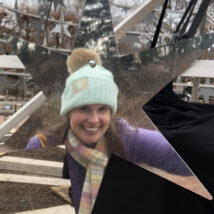
Trisha Muro
Freelance Writer
Trisha Muro’s favorite summer camp was Space Camp in Huntsville, Ala. She’s wanted to be an astronaut for as long as she can remember, and she’s always searching for dark night skies. She studied physics and astronomy in college at Johns Hopkins University in Baltimore, Md. She took lots of math and science courses (her favorite was about the relationship between electricity, magnetism and light). She also earned a graduate degree in teaching, and she’s currently finishing another master’s degree in science writing. Trisha loves to learn new things.
She is terrible with puns, but she loves them anyway. There’s always a stack of books she wants to read, and she is currently working on writing a book of her own! In her spare time, she loves imagining maps of the cosmos, going on long runs outside and experimenting with candymaking — it’s science in the kitchen!

All Stories by Trisha Muro
-
 Physics
PhysicsExplainer: Reflection, refraction and the power of lenses
The inner workings of microscopes, telescopes, eyeglasses and other lens-based devices rely on two important laws of optics.
-
 Physics
PhysicsExplainer: Kinetic and potential energy
Kinetic energy depends on an object’s motion; potential energy hinges on its position. The relationship between the two sits in a special balance.
-
 Chemistry
ChemistryExplainer: All about carbon dioxide
Animals and other life on Earth exhale carbon dioxide, which plants use for photosynthesis. But too much of this gas can perturb Earth’s climate.
-
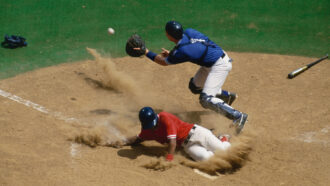 Physics
PhysicsExplainer: What is friction?
The force of friction always acts to slow things down. It depends on just two factors: the surfaces and how hard they press together.
-
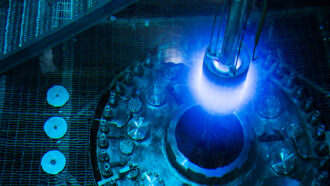 Physics
PhysicsExplainer: Radiation and radioactive decay
Like clockwork, radioactive forms of some elements shed parts of themselves as they attempt to become nonradioactive.
-
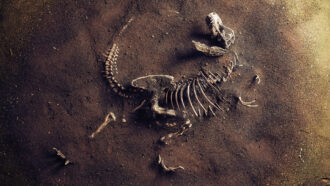 Physics
PhysicsExplainer: Radioactive dating helps solve mysteries
Knowing the decay rate of radioactive elements can help date ancient fossils and other artifacts.
-
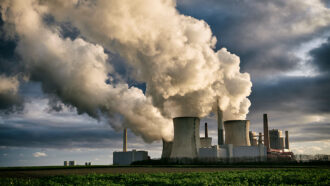 Earth
EarthFossil-fuel use is confusing some carbon-dating measurements
Carbon-14 dating of recent artifacts will soon give scientists confusing results. That’s another price society pays for its reliance on fossil fuels.
-
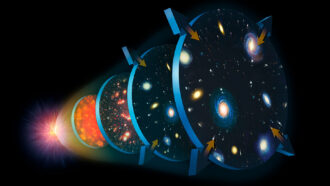 Space
SpaceMysteries about the universe abound, from its beginning to its end
Scientists have a good understanding of the laws that make our universe tick. But they still don’t quite know how it began — or will end.
-
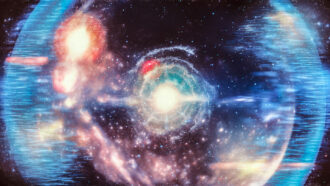 Space
SpaceIt all started with the Big Bang — and then what happened?
Scientists explain what really puzzles them about how our universe became what it is today — and what its future may hold.
-
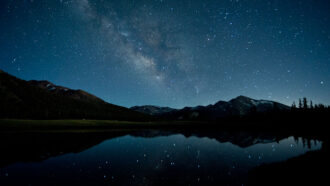 Physics
PhysicsCosmic timeline: What’s happened since the Big Bang
Energy, mass and the cosmos' structure evolved a lot over the past 13.82 billion years — much of it within just the first second.
-
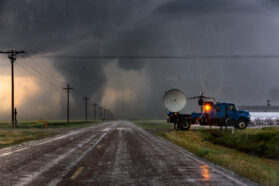 Physics
PhysicsExplainer: How the Doppler effect shapes waves in motion
The Doppler effect describes how waves are compressed or stretched when their source — or receiver — is moving.
-
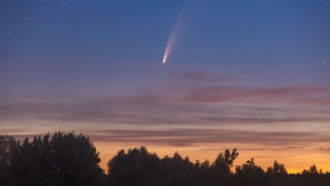 Space
SpaceExplainer: All about orbits
A handful of rules can describe the route some object repeatedly takes around another in space. Calculating that path, however, can be quite complex.